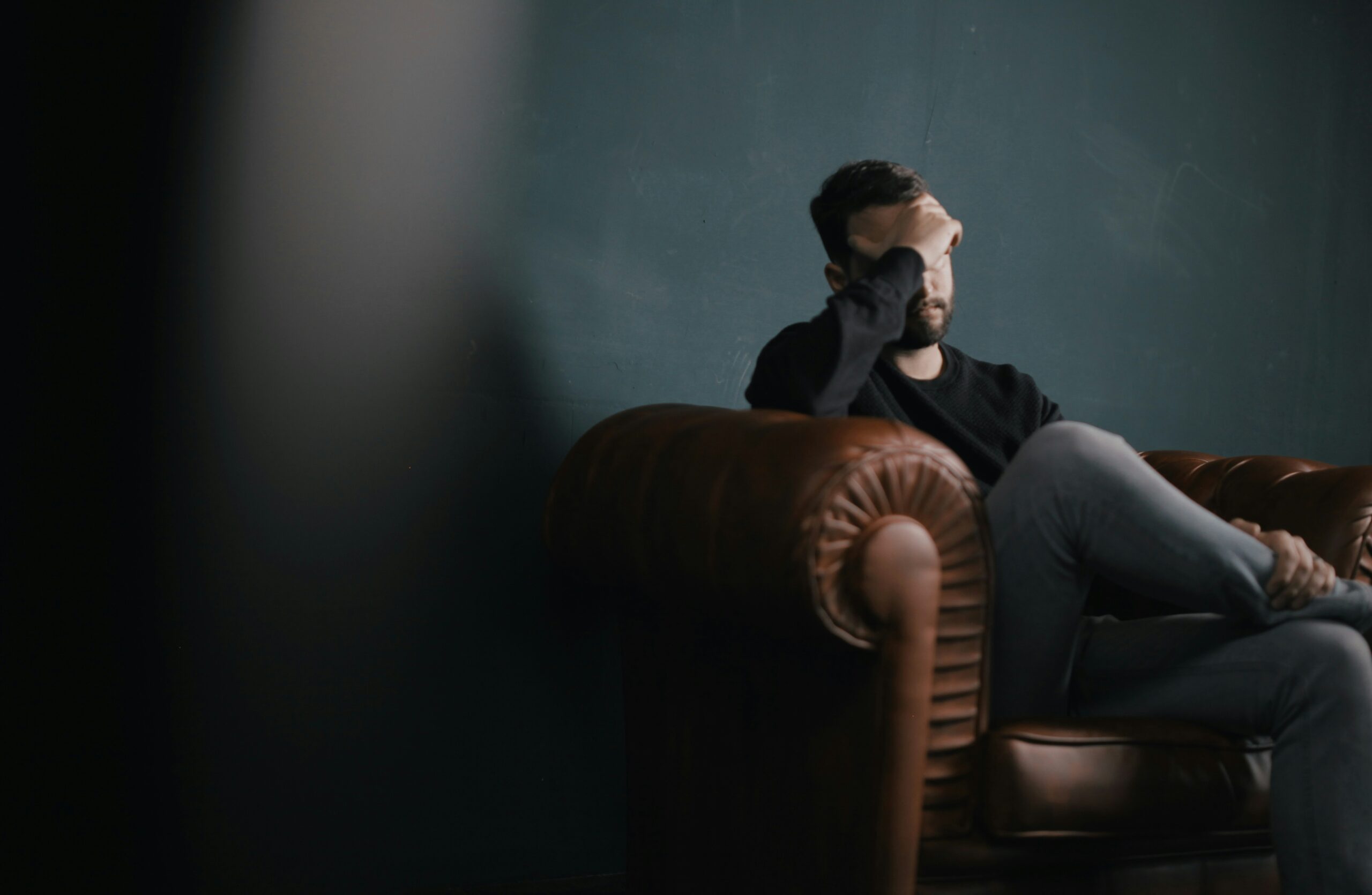Anxiety is a normal and usually beneficial reaction to danger or stress. It can make us vigilant, concentrated, and prepared to act on threats. But when anxiety is excessive, chronic, and disrupts daily functioning, it can become an **anxiety disorder**. Knowing the distinction between normal anxiety and an anxiety disorder is important for knowing when to get help. Here’s a close examination of when anxiety becomes a disorder.
What Is Normal Anxiety?
Normal anxiety is a transitory emotional state that occurs in response to a particular stressor, e.g., an exam, a job interview, or a difficult situation. It is generally characterized by the following:
Short-lived: It abates when the stressor has been resolved Proportional: The level of anxiety is in proportion to the situation.
Manageable: It does not seriously impair daily functioning.
Motivating: It can serve to prepare or do better.
For instance, nervousness prior to making a presentation is generalized anxiety. It may make you more alert and ready, and the anxiety disappears after the presentation.
When Does Anxiety Become a Disorder?
Anxiety turns into a disorder when it is chronic, excessive, and debilitating. It no longer plays a useful function and instead gets in the way of your capacity to lead a normal life. These are the major signs that anxiety has crossed the threshold into a disorder.
1.Persistent and Excessive Worry
- The anxiety is out of proportion to the situation and persists for months.
- You find it difficult to control your worry, even about minor things.
- This is a hallmark of Generalized Anxiety Disorder (GAD).
2. Physical Symptoms
- Anxiety disorders often come with physical symptoms, such as:
- Rapid heartbeat
- Sweating
- Trembling
- Shortness of breath
- Fatigue
- Muscle tension
- These symptoms may be present even when there is no apparent danger.
3. Avoidance Behavior
- You begin to avoid places, activities, or situations that cause anxiety.
- For instance, a person with Social Anxiety Disorder may steer clear of social events, whereas another person with Panic Disorder may stay away from locations where he or she had panic attacks.
4. Interference with Daily Life
- Anxiety starts to interfere with your job, relationships, or daily tasks.
- You can find it difficult to focus, make choices, or finish tasks.
- It may also cause sleep disruptions, like insomnia.
5. Overwhelming and Intense Fear
- The fear is intense and overwhelming in disorders such as Panic Disorder or Phobias.
- Panic attacks, for example, are characterized by sudden, intense episodes of fear along with physical symptoms like chest pain or dizziness.
6. Unreasonable Fears
- Irrational or inflated fears usually characterize anxiety disorders.
- For instance, a person with Obsessive-Compulsive Disorder (OCD) might experience unwanted thoughts and repeated actions that are meant to minimize anxiety.
7. Emotional Distress
- Anxiety disorders might cause irritability, helplessness, or an overpowering sense of fear.
- You might think that you’re losing control or something awful is going to happen.
Types of Anxiety Disorders
Anxiety disorders are a collection of mental illness conditions that have their own characteristics. Some common ones are:
- Generalized Anxiety Disorder (GAD): Continuous worry about daily life.
- Panic Disorder: Repeated panic attack and fear of impending attacks.
- Social Anxiety Disorder: Severe fear of social situations.
- Phobias: Intense fear of certain objects or situations (e.g., heights, spiders).
- Obsessive-Compulsive Disorder (OCD): Recurring thoughts and repetitive behaviors.
- Post-Traumatic Stress Disorder (PTSD): Anxiety after a traumatic event.
When to Seek Help
If you observe the following symptoms, it’s crucial to get professional assistance:
- Your anxiety persists and is longer than six months.
- It affects your functioning at work, school, or in relationships.
- You have recurring panic attacks or excessive fear.
- You use unhealthy coping styles, e.g., substance abuse.
- You are overwhelmed, hopeless, or cannot control your feelings.
Treatment and Support
Anxiety disorders can be treated successfully with the proper support. The following are common treatments:
- Therapy: Cognitive Behavioral Therapy (CBT) is especially helpful for anxiety disorders.
- Medication: Antidepressants or anti-anxiety medicines help alleviate symptoms.
- Lifestyle Changes: Exercise, eating well, and stress management can help to alleviate anxiety.
- Support Groups: Meeting others who have gone through similar experiences can be reassuring.
Conclusion
Though anxiety is a natural part of life, it turns into a disorder when it’s excessive, chronic, and debilitating. Identifying the symptoms of an anxiety disorder is the beginning of finding assistance. With effective treatment and therapy, it is possible to treat anxiety and take back control of your life. If you or someone you care about is struggling, don’t be afraid to contact a mental health expert. You don’t have to do it alone.




